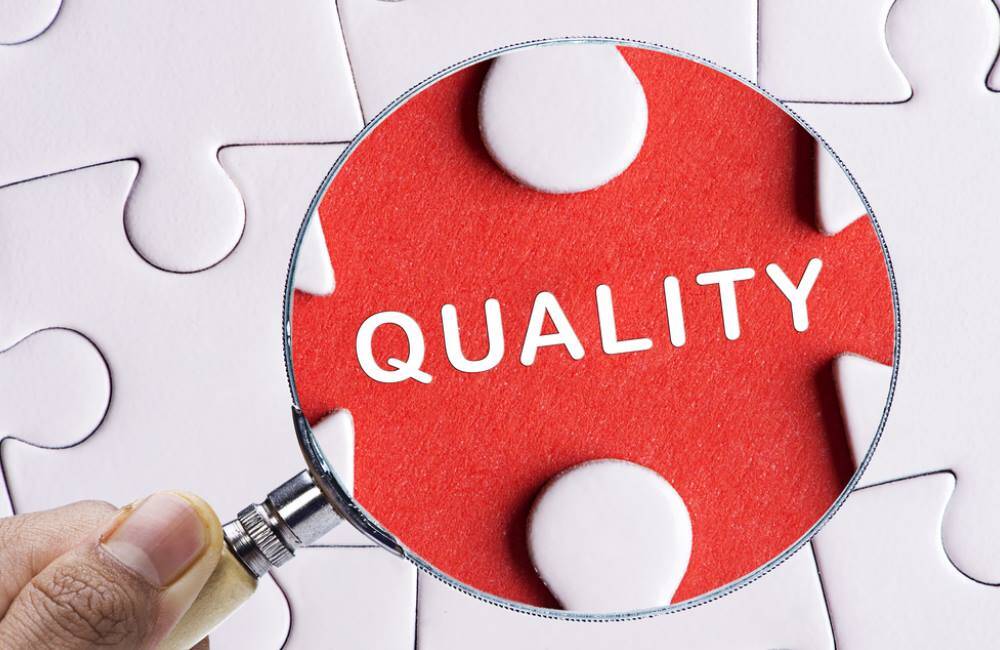Closing Care Gaps to Achieve Quality Goals: Part 1

Part 1: Closing Care Gaps to Achieve Quality Goals
In modern healthcare, quality of care is defined as patients receiving the services that their health status dictates. Determination of the specific services needed is based on clinical guidelines published by regulators and industry leadership. For decades, the National Committee for Quality Assurance (NCQA) has published the Healthcare Effectiveness Data and Information Set (HEDIS) as a tool to measure quality of care.
Part 1 of our Delivering Value Series will introduce you to Care Gaps, how to identify them and how to close them.
Article 1
What are Care Gaps?
The Healthcare Effectiveness Data and Information Set (HEDIS) is used by most commercial and all government sponsored health plans to measure performance in a value-based health care environment. The guidelines are revised every year and as of this writing are comprised of 92 measures across 6 domains of care. HEDIS scores are often used together with the Consumer Assessment of Healthcare Providers and Systems (CAHPS) and the Health Outcomes Survey (HOS) to determine quality and effectiveness of care.
When a patient does not receive services that their age, gender, health status and other factors dictate, the result is a Care Gap. When care gaps occur throughout the patient population, the level of quality care, as defined by this requirements-based definition, declines. The care given may be excellent, but the expected care not provided is missed.
Gaps in care can occur with something as simple as missed health screenings. For example, women over 40 should be receiving mammogram screening and men should begin screening for prostate cancer at age 40. When these tests are skipped annually, the results are lower performance measures and a missed opportunity to provide quality preventative care that can help reduce costs for both patient and provider.
In order to improve value-based care through the analysis of HEDIS compliance rates, it’s necessary to identify and close those specific care gaps that have the greatest negative impact on contract compliance. Strategies to improve HEDIS scores should consider both process and outcome measures.
Process measures are based on recommended preventative care and treatments intended to maintain or improve the health of the patient. Outcome measures are evaluations of positive (or negative) health outcomes that indicate the state of a patient’s health after receiving care based on their specific diagnoses or health condition. Notable care gaps exist in both process and outcome measures. But there’s another kind of gap that is responsible for a drop in HEDIS scores that isn’t really a gap in care at all. That is the paper gap.
“Paper gaps” are hidden sources of care gaps within population health management. These are not gaps in care, but administrative gaps that have the same end result: HEDIS scores show an unmet requirement. Experienced quality managers estimate paper gaps comprise 20-40% of all care gaps and may be some of the easiest to close, if you can find them. Chasing charts is not going to uncover patterns of paper gaps which if closed, could significantly improve HEDIS scores. Analytical reporting technology is helping to identify these significant care gaps, providing analysis and actionable plans for improvement.
Successful groups are identifying and prioritizing all three types of gaps in order to improve HEDIS scores and achieve quality goals. Our next article in the series will explain how groups are tackling this problem and provide insight into how you can identify care gaps in your own group.